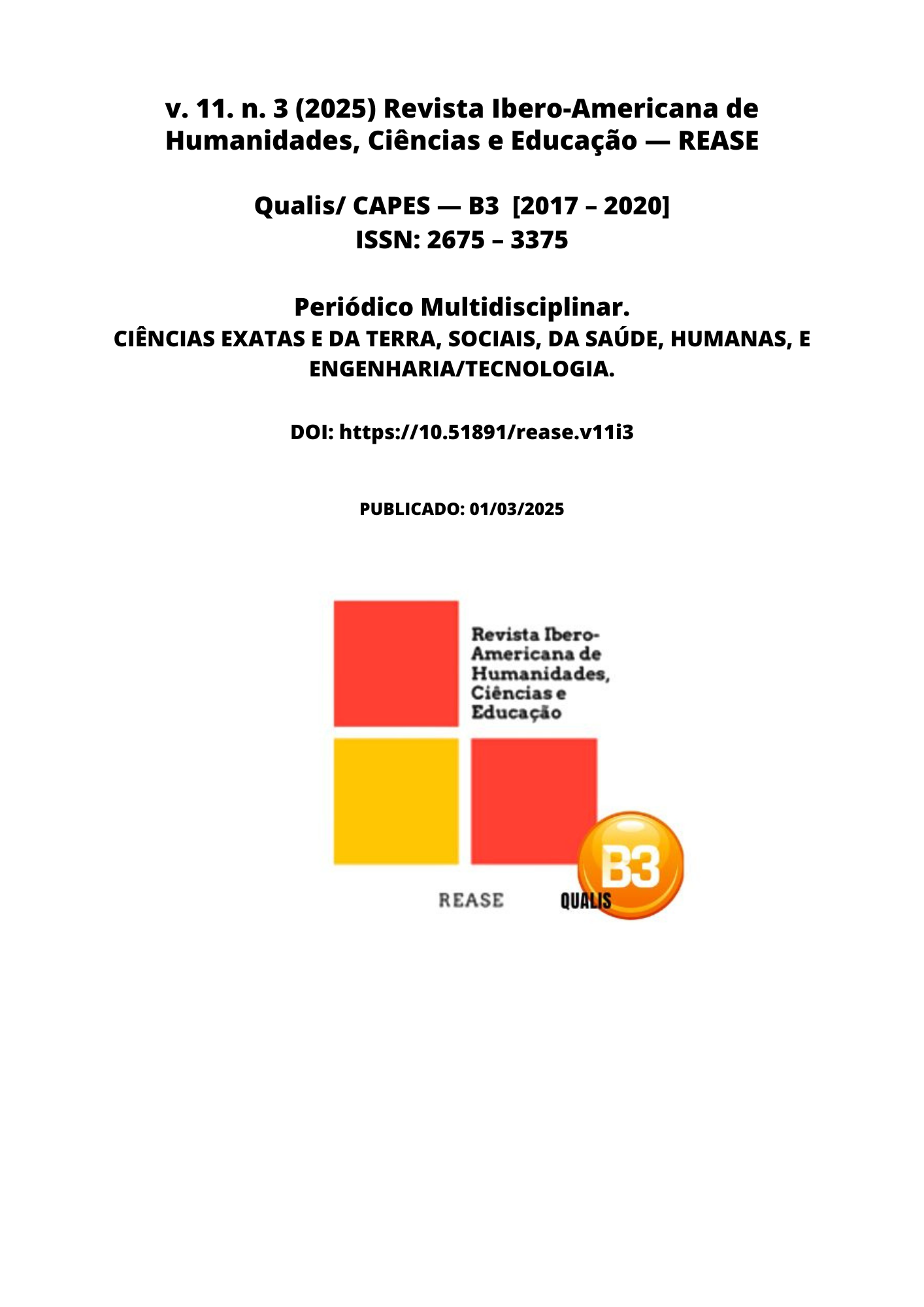GRAVES' OPHTHALMOPATHY: CLINICAL MANIFESTATIONS AND DRUG TREATMENT WITH CORTICOTHERAPY
DOI:
https://doi.org/10.51891/rease.v11i3.18394Keywords:
Graves' ophthalmopathy. Clinical manifestations. Corticosteroid therapy. Drug treatment and therapeutic evolution.Abstract
Introduction: Graves' ophthalmopathy is an autoimmune condition with broad systemic and local repercussions, impacting patients' quality of life through intense clinical manifestations, such as exophthalmos, ocular discomfort, diplopia, and changes in visual function. Studies have shown that orbital inflammatory changes and immune cell infiltration contributed to the progression of the disease, whose challenging management required assertive therapeutic action. In this context, corticosteroid therapy emerged as an important tool to minimize inflammatory activity and promote functional improvements, highlighting the complexity and relevance of the topic for clinical practice. Objective: The systematic review aimed to compile, analyze, and synthesize recent knowledge about the clinical manifestations of Graves' ophthalmopathy and drug treatment with corticosteroid therapy, gathering evidence from scientific studies to guide clinical practices and promote new research in this area. Methodology: The research was conducted based on the PRISMA checklist, using the PubMed, Scielo, and Web of Science databases. Five descriptors were used: “Graves' ophthalmopathy”, “clinical manifestations”, “corticosteroid therapy”, “drug treatment” and “therapeutic evolution”. The selection of publications was restricted to scientific articles, studies and books published in the last 10 years. Three inclusion criteria were applied: investigations with clinical design or controlled trials, publications in Portuguese or English and studies that presented detailed data on clinical manifestations and response to corticosteroid therapy; and three exclusion criteria: reports of isolated cases, non-systematic reviews and research that did not address the relationship between drug treatment and disease manifestations. Results: The synthesis of the data showed that the studies consistently addressed the variety of orbital signs and symptoms and highlighted the efficacy of corticosteroid therapy in reducing inflammatory conditions. The presence of varied protocols regarding the dosage and route of administration of corticosteroids was observed, which generated differences in the therapeutic response. The importance of multidisciplinary management to optimize clinical results and minimize possible adverse effects of treatment was also highlighted. Conclusion: The review demonstrated that, although Graves' ophthalmopathy represents a complex therapeutic challenge, the use of corticosteroid therapy was effective in improving symptoms and stabilizing ocular function. The findings reinforced the need for individualized management, based on recent evidence, which would contribute to the definition of safer and more assertive therapeutic approaches in ophthalmological practice.
Downloads
Downloads
Published
How to Cite
Issue
Section
Categories
License
Atribuição CC BY

